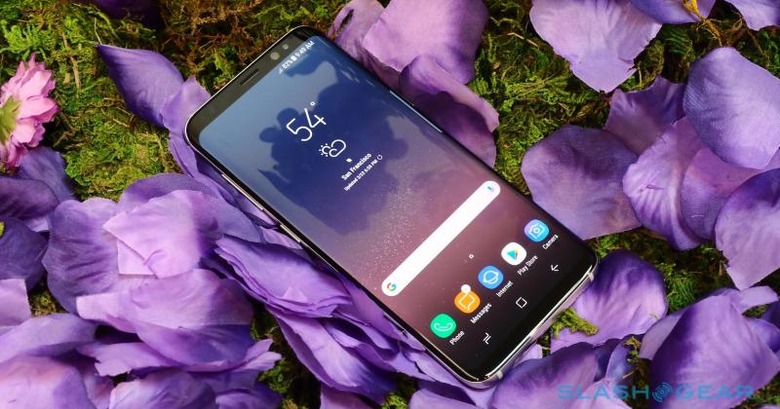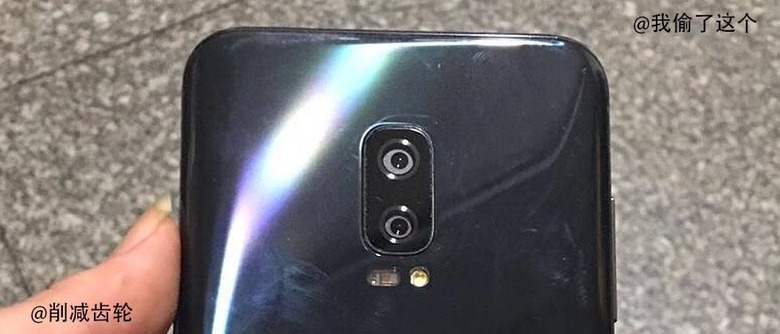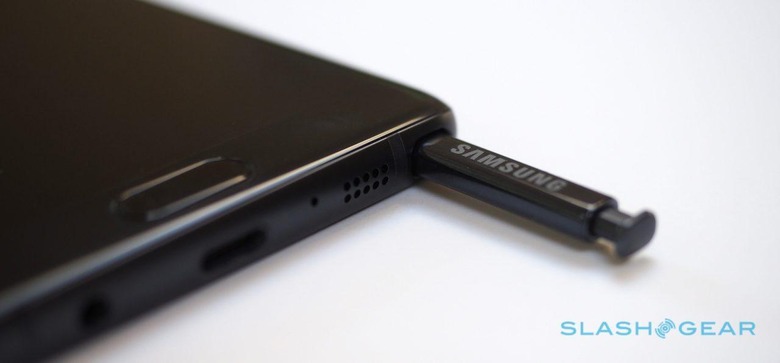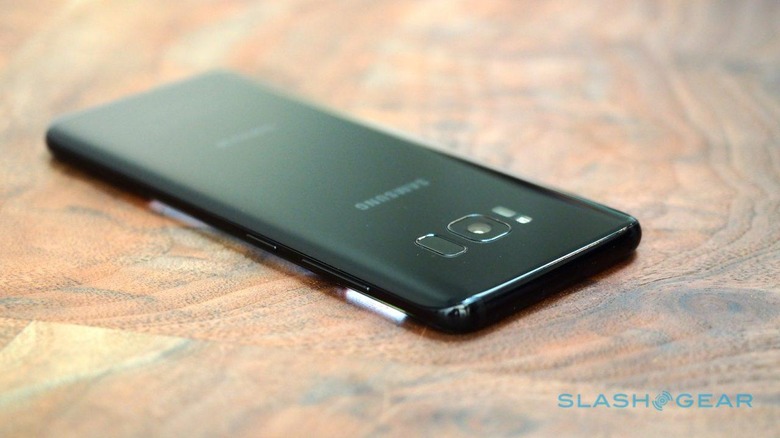Note 8 vs Galaxy S8: Do I buy now or wait for the phablet?
By all reports, the Samsung Galaxy S8 is a barnstorming success. Indeed, there are only really two phones that could overshadow it: Apple's iPhone 8 and, ironically, Samsung's own Galaxy Note 8. Expected to make its big debut at the end of the year, the new phablet has some fiery shoes to fill.MORE: Samsung Galaxy Note 7 Review
It's fair to say the Galaxy Note 7 took Samsung on a rollercoaster. Widespread initial praise was swiftly followed by dismay, as battery issues forced the company into not one but two full recalls. Along the way, the Note 7 earned itself a place in the pre-flight safety warnings on every airline, a ban from checked and cabin luggage, and a whole host of jokes that will undoubtedly follow Samsung for the next decade (funny or not).

As the response to the Galaxy S8 and S8+ has demonstrated, however, even an exploding phone can't put the general public off its flagships. That certainly bodes well for the Galaxy Note 8 that should arrive later in 2017, not to mention Samsung's bottom line. Question is, if you're in the market for a new phone today, and your tastes run to Android, should you pick up a Galaxy S8 right now or hold off until we see what the Note 8 has in store?
All signs point to Samsung's big camera improvements coming on the Note 8. The company is known to have at least experimented with a dual camera system on some iterations of Galaxy S8 prototype, if leaked photos of the devices are anything to go by. By the time the S8 itself reached store shelves, though, it still had a single camera.
Now, the 12-megapixel Dual Pixel camera on the S8 and S8+ is great – it was good on the S7, and on the Note 7, and courtesy of Samsung's updated algorithms it's a strong performer on the latest phones too. Yet when Apple, LG, Huawei, and others are having fun with multiple cameras on their flagship phones, we could excuse Galaxy fans for feeling left out. Good news is, all signs point to the Note 8 being Samsung's big play in the category.
It's not so hard to rationalize. While the Galaxy S-series has long been the company's mainstream flagship, its Note cousins have been where Samsung pushes the envelope. Curved AMOLED started out there first, for instance, on the Galaxy Note Edge; it led the way in much bigger "phablet" sizes, too. Samsung knows Note buyers want the cutting edge and, vitally, are willing to pay a little extra for it.
Exactly what the secondary camera will offer is unclear at this stage. Samsung has a few different routes it could take, any of which would offer an improvement over what the Galaxy S8 provides. On the one hand, it could follow Apple and the iPhone 7 Plus, and have both a regular and a telephoto lens: that way, Note 8 users would get an optical zoom, without sacrificing image quality along the way.

Alternatively, Samsung could look to LG's example, and give the Note 8 a wide-angle secondary lens as the G6 packs. That would open the door to fitting far more into the frame than normal. Elsewhere in the Android world, the black and white sensor on Huawei's Mate 9 could introduce not only some moody monochrome pictures, but potentially improve color shots on the Note 8 too by adding its contrast data to the regular camera.
The degree to which it's worth waiting for any of those features depends, of course, on how you use your smartphone for photography. The core 4K video recording and solid stills is likely to be shared with the current S8, after all. If you've never felt the need to zoom in or out, or compete with David Bailey's portraiture, then holding off might not be worth your time.
If you want a stylus, of course, you really ought to wait. Although some pre-launch rumors suggested otherwise, neither the Galaxy S8 nor the S8+ arrived with S Pen support. Samsung's digital pen remains an exclusive for its Galaxy Note line-up.

Will the Note 8 offer a noticeable improvement there? The Note 7 already supported 4,096 levels of pressure sensitivity, something the Galaxy Book only matched recently in Samsung's tablets. Tilt recognition was already supported, too. In short, there's not much we're expecting to be different versus the Note 7, but that's not really the most accurate comparison: in reality, we should be comparing to the Note 4, which only supported 2,048 levels of pressure.
The display might hide another of Samsung's improvements, mind. Though feedback on the Galaxy S8 has been generally positive, the company has faced widespread criticism for where it opted to place the fingerprint sensor. Since the home button has been absorbed by the display, Samsung decided to move its biometric sensor up to sit alongside the rear camera.
As a result, many users are finding they end up smudging fingertip grease across the lens while probing for the sensor. It's not an insurmountable problem, no, and nowhere near being a deal-breaker – and, frankly, iris recognition goes a long way to making you forget fingerprint security altogether – but Samsung might have the fix ready in time for the Note 8.

According to the rumor machine, the company really wanted to embed a new type of fingerprint sensor under the display itself. That way, not only would you press the lower section of the touchscreen to summon the virtual home button, but it'd also be able to read your fingertip in the process and unlock the phone. Clearly, that wasn't ready in time for the Galaxy S8, but it's possibly Samsung could have worked out the bugs for the Note 8.
As with dual cameras, the inherent positioning of the Note series for deep-pocketed early adopters should help here. Even if Samsung couldn't get display-embedded fingerprint biometrics to scale effectively for its mainstream flagship, the smaller numbers and premium pricing involved for the Note 8 might still work out. Considering how often we unlock our phones every day, it has the potential to be a big improvement in ergonomics.
NOW READ: Galaxy S8 vs iPhone 8: Buy Samsung now or wait for Apple?
If your hands are large enough to use the Galaxy Note 8 as your daily-driver, that might make all the difference as to which phone you decide to buy. If you're currently leaning toward the Galaxy S8, then the size difference between that and what we're expecting to be a 6.2-inch Note 8 might be too unwieldy. Those with a taste for the S8+, however, may discover it's worth their while holding off until we see what Samsung's new phablet offers later in the year.
Would you buy the Galaxy S8 or S8+ now, or wait until the Galaxy Note 8 later in the year? Let us know in the comments!
